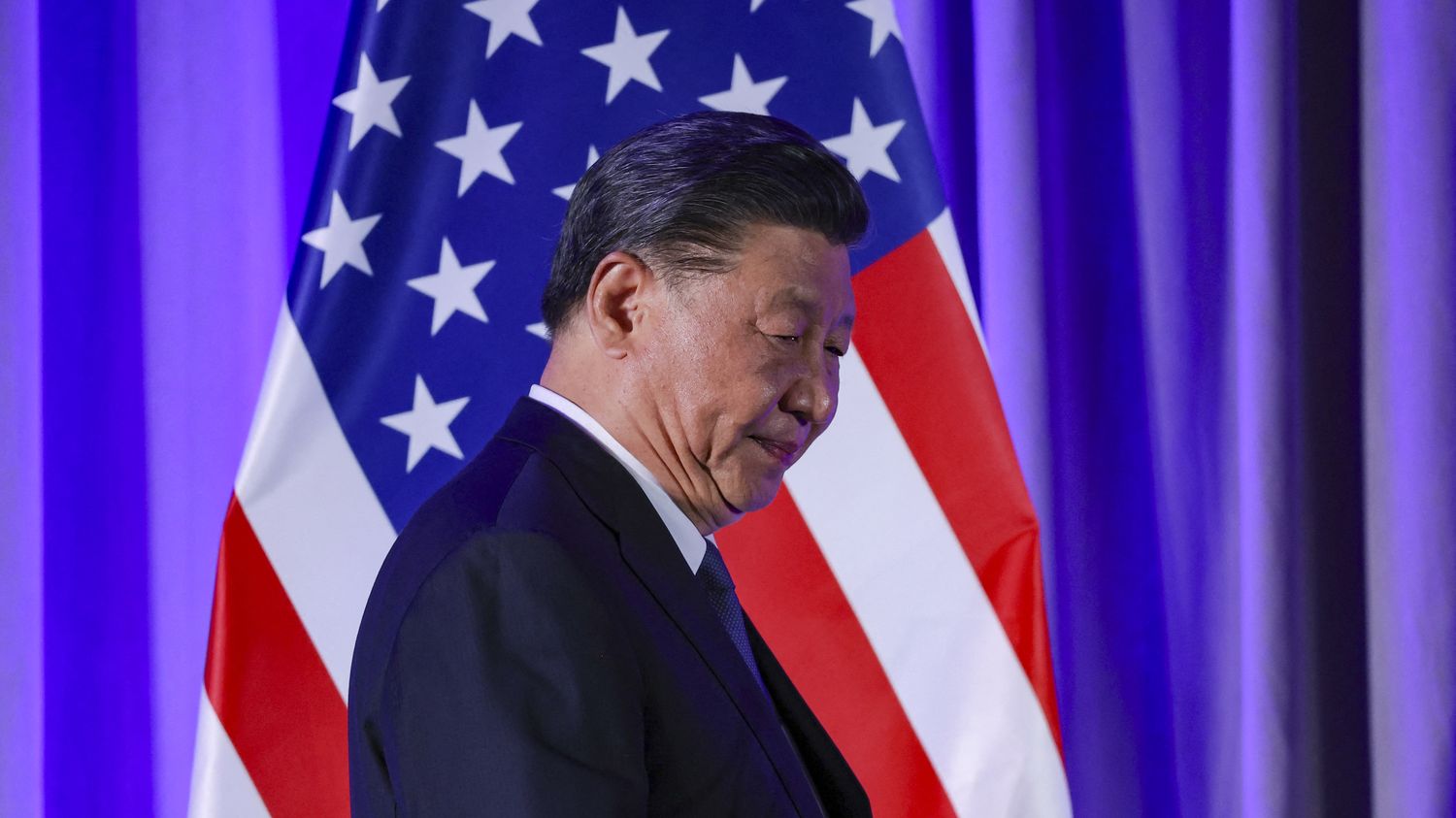From Wednesday November 15 to Friday November 17, the Apec summit bringing together the Pacific countries took place in San Francisco. Amid international conflicts that monopolize attention, a battle for influence is taking place quietly between the United States and China, on the vast terrain of the Pacific Ocean.
Published
Reading time :
2 min

At a time when all eyes are on the Middle East and Ukraine, it is imperative to keep an eye on the Pacific Ocean. From north to south, from the Chinese coasts to the American coasts, this vast region is the subject of a fierce battle for influence between the United States and China. The APEC (Asia-Pacific Economic Cooperation) summit ended on Friday November 17 and illustrated this very well. This economic forum, bringing together 21 members, saw Chinese President Xi Jinping show off his finest attire to curry favor with the Fiji Islands.
China’s soft power and its security ambitions
Between Fiji and China, the balance of power seems completely unbalanced. However, in this bilateral meeting, it was Xi Jinping who seemed to roll out the red carpet for Sitiveni Rabuka, the Prime Minister of the 160th world economy. The latter was offered a large check by Beijing to develop the ports and shipyards of the archipelago. Xi Jinping, in power for 10 years, had never seen the Fijian leader but suddenly found himself his best friend in the world: “Fiji is the first Pacific island to establish diplomatic relations with the People’s Republic of China. The Chinese diplomatic tradition of treating countries as equals, whether small or large, has not changed. We consider Fiji a good friend and partner of the Global South.”
Nothing is sealed yet, but according to the two leaders, they are very enthusiastic about the idea of doing business. The Chinese president is therefore planting a flag in the South Pacific and the Fijian Sitiveni Rabuka is giving a boost to the development of his islands. However, a few weeks earlier, Sitiveni Rabuka, visiting Australia, had said he preferred to deal with “traditional democratic friends”, questioning China’s security ambitions in the South Pacific. It seems that the people of the Pacific are raising the stakes because they know that they are at the heart of a geostrategic issue.
A conflict between the Philippines and China
The Pacific is a big chessboard for the Chinese and the Americans. The two adversaries methodically place their pawns and each archipelago, each rock becomes crucial. The Pacific represents 30% of the planet’s economy and 50% of world exports pass through the maritime routes of this ocean. If there were not the fear of a military escalation between the two superpowers, we could almost laugh at the diplomatic waltz, which the Chinese and Americans are engaged in to seduce as many Pacific countries as possible.
But the tension is very real. Not a day goes by without an incident being reported, particularly in the South China Sea. These territorial waters are contested and disputed by the Filipinos, allies of the United States, and the Chinese, who are increasing their intimidation maneuvers. These sometimes dangerous actions are now pushing other countries to put pressure so that a direct crisis communication line is set up between Beijing and Washington. These countries hope that this line will prevent an involuntary incident from degenerating into total conflict.
